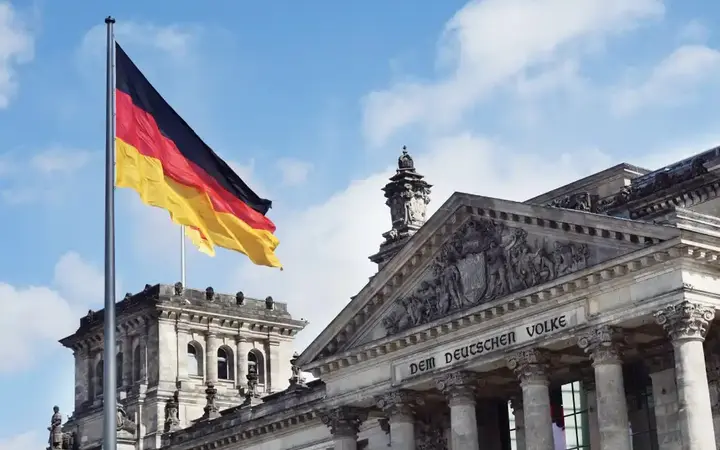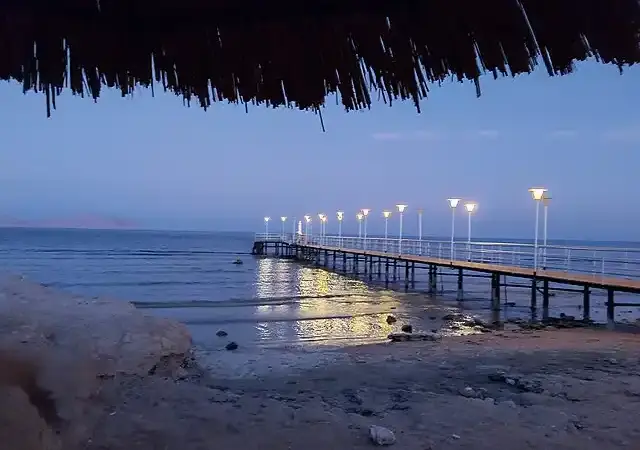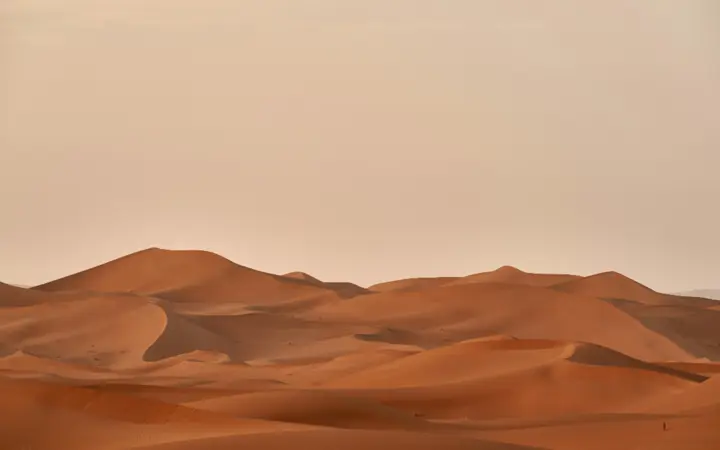25 Amazing Facts About Middle Eastern Culture
Middle Eastern culture is a rich tapestry woven from centuries of history, diverse traditions and vibrant communities. Have you ever wondered what makes this region unique? From bustling markets in Istanbul to the tranquil deserts of Saudi Arabia, the Middle East offers a fascinating mix of old and new. Did you know that the region is home to some of the oldest civilizations in the world, such as Mesopotamia and ancient Egypt? Or has Arabic, the dominant language, influenced many other languages? Middle Eastern cuisine evokes taste buds with flavors such as saffron, sumac and pomegranate. Hospitality is the cornerstone, where guests are treated with the utmost respect and generosity. Are you willing to delve into some amazing facts about this captivating culture? Let's get started!
Recommend
Middle Eastern Cuisine
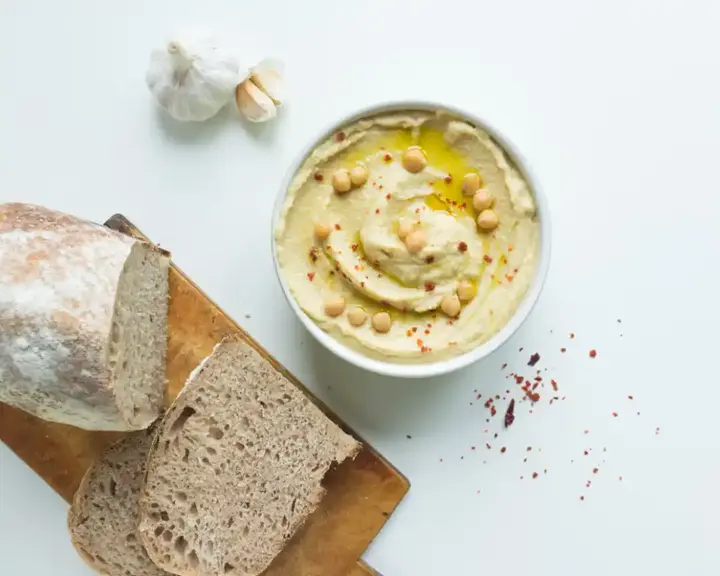
Middle Eastern cuisine is a rich tapestry of flavors and traditions. It reflects the region's diverse cultures and history. Here are some great facts about Middle Eastern food.
1. The origins of chickpeas: Chickpeas, a popular retreat made from chickpeas, tahini, lemons and garlic, dates back to ancient Egypt. It is an essential element in many Middle Eastern countries.
2. History of Falafel: Falafel, fried balls made from ground chickpeas or beans, originated in Egypt. It is now enjoyed throughout the Middle East.
3. Shawarma popularity: Shawarma, a dish of marinated meat cooked on a vertical grill, is a street favorite. It is often served with pita bread, vegetables and sauces.
4. Baklava Sweetness: Baklava, a sweet pastry made from layers of filo filled with nuts and sweetened with syrup or honey, has its roots in the Ottoman Empire. It is a dessert loved in many countries of the Middle East.
5. Spices and herbs: Middle Eastern cuisine uses a variety of spices and herbs such as cumin, coriander, mint and parsley. These ingredients add depth and complexity to the dishes.
Traditional dress

Traditional clothing in the Middle East varies by country and region. Such clothing often reflects cultural and religious values.
6. The thobe and abaya: In many Gulf countries, men wear the thobe, which is a long white robe, while women wear the abaya, which is a black abaya. Such clothes are practical and modest.
7. Hijab and niqab: The hijab is the head covering that many Muslim women wear to cover their hair. The niqab covers the face, shows only the eyes, and is worn in some conservative societies.
8. Kaftan elegance: The caftan, a long flowing robe, is worn by men and women in various countries of the Middle East. Most often they are made of luxurious fabrics and decorated with intricate embroidery.
9. Kufic symbolism: The keffiyeh, the traditional headscarf, is worn by men in many Middle Eastern countries. It is often associated with Palestinian identity and resistance.
Festivals & Celebrations

Festivals and celebrations in the Middle East are vibrant and vibrant. It often includes music, dancing and delicious food.
10. Eid al-Fitr: Eid al-Fitr marks the end of Ramadan, the holy month of Islamic fasting. It's time for banquets, giving gifts and spending time with family.
11. Eid al-Adha: Eid al-Adha, or Eid al-Adha, commemorates Abraham's willingness to sacrifice his son in obedience to God. They involve special prayers and animal sacrifice.
12. Nowruz: Nowruz, the Persian New Year, is celebrated on the first day of spring. It's a time of rejuvenation, with traditions like cleaning the house and setting the festive table.
13. Prophet's Birthday: The Prophet's Birthday celebrates the birth of the Prophet Muhammad. It is celebrated through religious lectures, poetry recitations and group meals.
Architecture and monuments
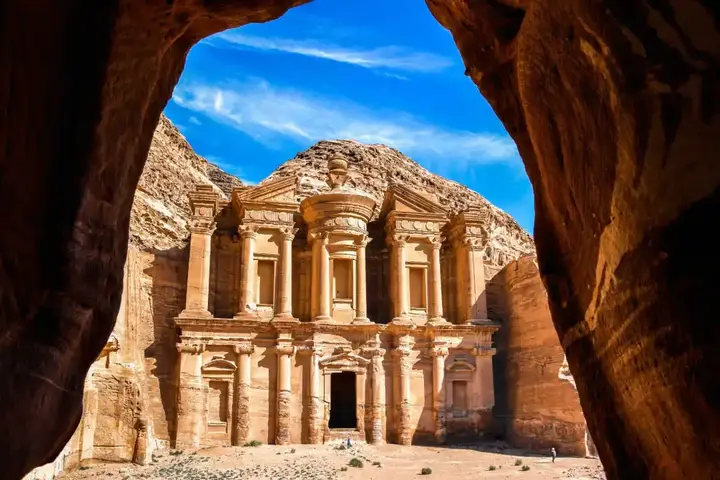
The architecture of the Middle East is famous for its beauty and historical significance. Many structures reflect the rich cultural heritage of the region.
14. Pyramids of Giza: The Pyramids of Giza in Egypt are considered one of the most famous landmarks in the world. They were built as tombs of the pharaohs more than 4,000 years ago.
15. Dome of the Rock: The Dome of the Rock in Jerusalem is an important Islamic shrine. Its golden dome and intricate mosaics make it a stunning architectural masterpiece.
16. Petra: Petra, an ancient city in Jordan, is famous for its rock-cut architecture. It was the capital of the Nabatean Kingdom and is now a UNESCO World Heritage Site.
17. Burj Khalifa: Burj Khalifa in Dubai is the tallest building in the world. It is 828 meters high and enjoys stunning views of the city.
Language and literature
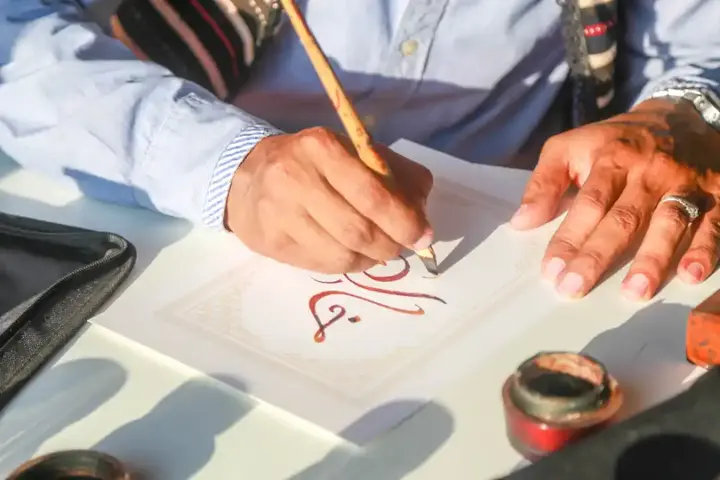
The Middle East has a rich literary tradition, with contributions to poetry, philosophy and storytelling.
18. Arabic: Arabic is the most widely spoken language in the Middle East. It has many dialects and is the ritual language of Islam.
19. Persian poetry: Persian poets such as Rumi and Hafiz are celebrated for their mystical and philosophical works. Their poetry continues to inspire readers around the world.
20. One Thousand and One Nights: Also known as Arabian Nights, this collection of Middle Eastern folk tales includes famous stories such as Aladdin and Sinbad the Seas.
21. Calligraphy: Arabic calligraphy is a respected art form in the Middle East. It is used to decorate mosques, manuscripts and everyday objects.
Music & Dance

Music and dance are an integral part of Middle Eastern culture. They reflect the diverse traditions and history of the region.
22. The oud: The oud, a pear-shaped stringed instrument, is an essential element of Middle Eastern music. She is known for her rich and sonorous voice.
23. Belly Dance: Belly dance, or belly dance, is a traditional dance form in the Middle East. It features smooth and expressive movements, and is presented at celebrations and festivals.
24. Dabke dance: Dabke is a traditional folk dance from the Levant region. They are performed in a line or circle and involve simultaneous steps and trampling.
25. Tarab music: Tarab is a genre of Arabic music that aims to elicit deep emotional responses. It is often characterized by improvisation and complex melodies.
![]()
10 things smart people never share with anyone
Smart people often keep quiet about their true knowledge, finances, personal struggles, and future plans. It’s not secrecy—it’s strategy. By choosing what to share, they protect their peace, maintain control, and keep life’s noise at bay. more- ADVERTISEMENT
![]()
How did Boeing lose so badly to SpaceX?
Boeing, once the dominant force in spaceflight, is struggling to keep up with SpaceX, which has already launched 11 crews to the ISS. Despite delays and setbacks, Boeing hopes its Starliner capsule can still compete, though its future depends heavily on finding a new launch vehicle. more- ADVERTISEMENT
![]()
A Simple Guide to Introducing Yourself: Creating an Unforgettable First Impression
Introducing yourself is more than just saying your name—it’s a chance to show personality, goals, and values. By sharing achievements, teamwork skills, and even hobbies, you can make genuine connections and leave a strong impression, all while staying clear, honest, and adaptable in every interaction. more- ADVERTISEMENT
![]()
How to learn German for free in 6 months
Learning German opens doors to job and study opportunities in Germany, Austria, and Switzerland. With dedication—three hours a day—you can reach intermediate level in six months. YouTube channels like Deutsch mit Mira, German with Mr. Shehata, and Khaled Bozan make learning fun and accessible for everyone. more- ADVERTISEMENT
![]()
The Genius of Nature: 8 Amazing Technological Innovations Inspired by Nature
Nature inspires some of the coolest tech—like butterfly wings improving solar cells or kingfishers helping trains go quiet and fast. Even surgical needles got less painful thanks to mosquitoes. From firefly-inspired LEDs to Velcro born from prickly plants, the wild world is secretly shaping our everyday innovations. more- ADVERTISEMENT
![]()
How is Dubai developing a farm in the heart of the desert?
Dubai is turning desert into farmland using hydroponics and vertical farming, creating a green oasis in harsh conditions. This bold project boosts food security, reduces water use, and embraces clean energy—showing the world how innovation can grow crops where none thought possible. more- ADVERTISEMENT
![]()
Why does my mood change when I'm hungry?
Feeling hungry can mess with your mood—fatigue, anger, confusion—all thanks to low glucose. As levels drop, stress hormones like cortisol and adrenaline kick in, making you irritable. Even fish get aggressive when hungry! So grab a healthy snack, keep calm, and maybe save your relationships along the way. more- ADVERTISEMENT
![]()
Nightlife and cafes in Sharm El Sheikh
Sharm El Sheikh transforms after sunset into a vibrant nightlife hub. From lively clubs in Naama Bay to traditional vibes in the Old Market, there's something for everyone. Enjoy beach parties, fine dining, and local culture, all while soaking in the electric energy of this Red Sea gem. more- ADVERTISEMENT
![]()
The Sahara Dilemma: Are Deserts Vital to the Balance of Our Planet?
Deserts may seem lifeless and harsh, but they’re vital to our planet. They store carbon, support unique species, and even help nourish the Amazon Rainforest. Despite their importance, human activities threaten these fragile ecosystems. So yes—deserts matter, and we need them more than we think. more- ADVERTISEMENT
![]()
Golden hydrogen can change the course of the globe
Golden hydrogen, naturally formed deep underground, offers a clean, carbon-free energy source. It's abundant, renewable, and doesn't emit harmful gases, making it a game-changer for sustainable energy. Scientists are using AI to detect surface markers pointing to its presence, opening new frontiers in the search for eco-friendly fuel. more- ADVERTISEMENT















